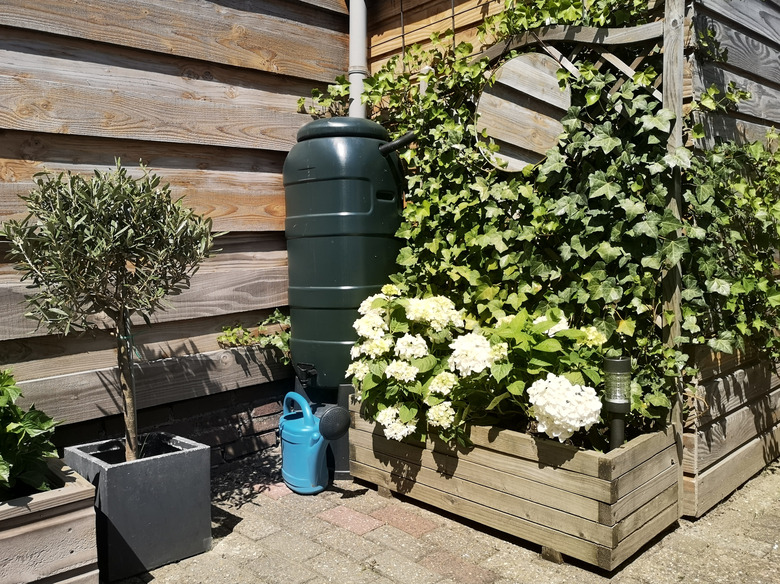What Is A Cistern Water System?
We may receive a commission on purchases made from links.
Once a standard fixture in many homes, cisterns — storage systems for collected rainwater — are making a comeback in modern homes as an effort to conserve water. Historically, cistern water systems involved large tanks capable of holding thousands of gallons of water. Typically made of concrete or steel, cistern systems for homes are often found underground, but can sometimes be located in basements or above ground outside the home.
Adding a rainwater cistern system to your property is a great way to conserve water use by saving rainwater, as well as to limit water runoff down the storm drain. Buying or building a new cistern can be a worthwhile, albeit expensive effort, but there are other, less costly alternatives to catching rainwater for reuse before it, quite literally, goes down the drain.
How Cisterns Work
How Cisterns Work
Cistern water systems date back to Greek and Roman eras, but Pacific Island cultures are also known to have captured and stored rainwater through roof collection systems before the arrival of Europeans.
By way of a downspout or gutter, cisterns gather and store rainwater from roofs for later use. This non-potable water is most often used for garden and landscape irrigation purposes, but cisterns can be plumbed for use indoors capable of flushing toilets or washing clothes, however, these types of uses are against code in many areas.
Today, extensive cistern systems can involve roof washers, filters, pumps, and ventilation, but a cistern can be as simple as it was in the past and include only a diverter for the water and the storage container where it is being routed. However simple or complex the cistern you desire may be, basic cistern systems include a tank, a base capable of holding the weight of the tank when it is full of water, and a screen of some sort between the downspout and the tank to prevent leaves and debris from clogging the tank.
If you are planning to use your cistern for anything other than lawn and garden irrigation, it is important to take proper precautions, as cisterns are susceptible to contamination and pollution. Although cisterns are not usually used as a potable water source in the U.S., in other areas of the world they are, so it is essential that these tanks are always kept clean and proper chlorination levels are consistently monitored and maintained.
Using Rain Barrels as Cisterns
Using Rain Barrels as Cisterns
Any container could be used as a rain collection tank or cistern, but plastic and wooden rain barrels are a readily available and relatively cheap way to harvest rainwater. Repurposed barrels will get the job done, but they do have drawbacks. Without a proper top or container cover, these can be a safety hazard and risk small children falling in, as well as invite mosquito infestations. And without a spout, siphoning water or pouring it into a pail can be troublesome.
Luckily, many manufacturers have realized this pain point and are producing ready-to-go rain barrels, often made of durable polyethylene, that come complete with debris screens, enclosed tops, and spigots to attach your own garden hose and easily reuse the collected water.
